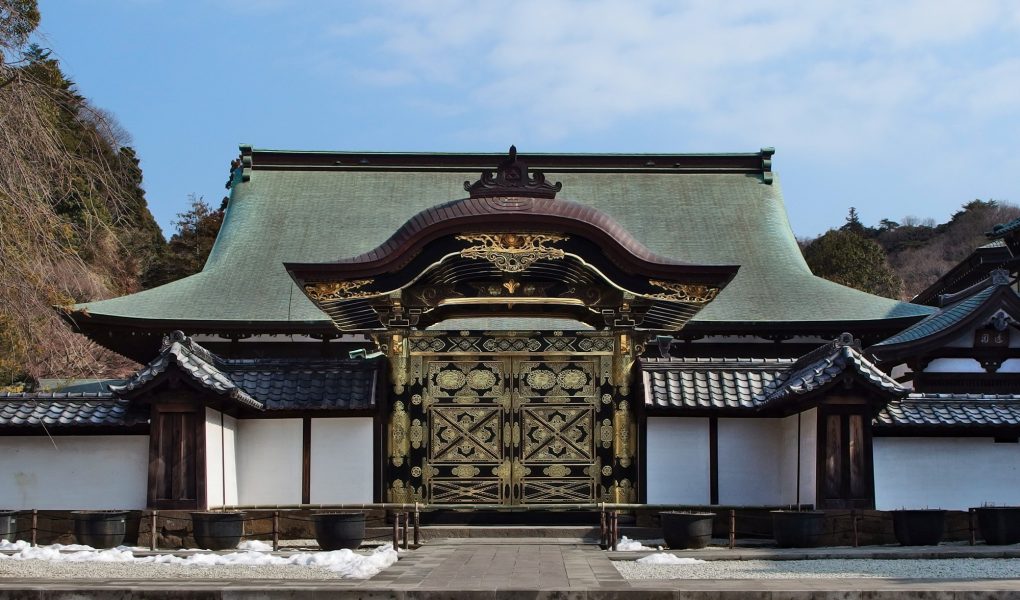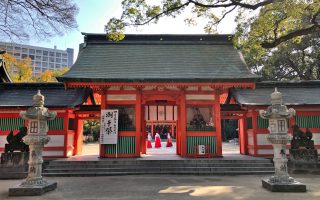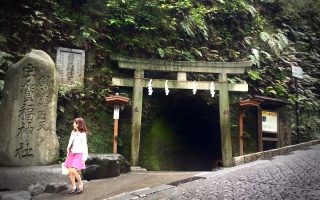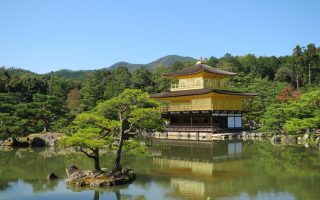In the 13th century Japan was ruled by the Kamakura Shogunate, centered in Kamakura. As a result thereof many important, strategic and valuable constructions were made in the area. A significant event was the establishment of the Kamakura Gozan.
Hotels in Kamakura Kamakura Guided Tour Kamakura Guided Hiking Tour
Gozan translates to “5 mountains”, where “mountains” should be understood as temples. It is a hierarchical system of Zen temples, originally developed in China in the 12th century. The system was developed to organize and control the growing power of the Zen temples, thus ranking the 5 most important ones. Under those 5 temples were further 10 temples, and below those, on the bottom level all the remaining temples.
Gozan was first adopted in Japan under the Kamakura Shogunate, where the system was more or less controlled by the administration. Effectively Gozan was a way for the Kamakura shogunate to exercise political influence through the power and country-wide organization of the Rinzai Zen school of Buddhism. The system worked as a sort of religious filter, likely disguising politics as religion. In fact this system was so important for the political agenda at the time, that the state created a unit specifically for supervising the temples.
The 5 Zen temples of Kamakura are (ranked by importance):
- Kencho-ji
- Engaku-ji
- Jufuku-ji
- Jochi-ji
- Jomyo-ji
There’s a parallel system in place in Kyoto where 5 temples are also arranged in a Gozan system.
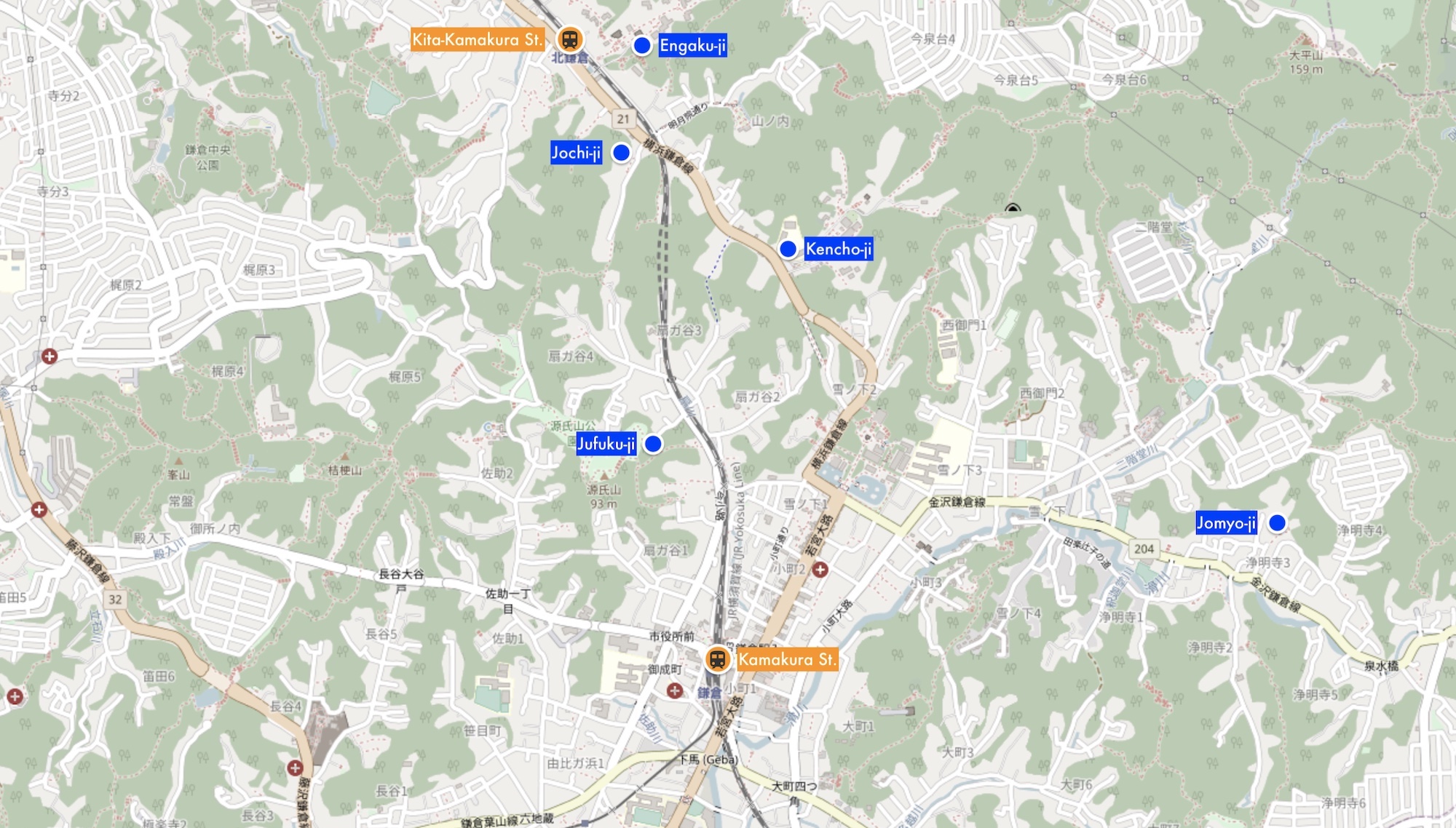
Kencho-ji
Ranked as the first, and most important, Zen temple in the Rinzai sect in Japanese buddhism. Kencho-ji opened in 1253, and is the oldest Zen monastery for training of monks in all of Japan. The temple is somewhat smaller than it used to be, but is still impressively large today.
Amongst the many impressive things to see at Kencho-ji is the temple bell and the Zen garden. The bell is designated a national treasure. On the hill behind the temple are two observation platforms which offer stunning views of the entire temple grounds and the beautiful wooded mountains. The Tenen hiking trail begins at Kencho-ji, so a beautiful hike can conveniently be combined with the temple visit.
Engaku-ji
The second most important temple amongst the 5 Zen temples of Kamakura. Engaku-ji was founded in 1282 to honor those who fell in the fight to keep out a Mongolian invasion in the area a few years before. The current form of the temple dates back to the 18th century.
Engaku-ji is famous for its beautiful fall foliage, and its two national treasures: the engaku-ji temple bell and the Shariden building in which it’s said that one of Buddhas teeth is kept as a relic.
There’s a tea house on the temple grounds, and the temple has open meditation sessions every morning.
Jufuku-ji
While Jufuku-ji is “only” ranked as the third-most important of the 5 Zen temples, it is the oldest of them. Jufuku-ji was opened in 1200 and enshrines Minamoto no Yoritomo who founded the Kamakura Shogunate. It’s said that the site of the temple was chosen because this was the place where Yoritomos father used to live.
The temples first priest was the buddhist priest Eisai, who was very prominent in Japanese zen buddhism. Eisai is the one who brought Zen to Japan in the first place, and is also said to have introduced green tea to the country. Most of the temple is closed to visitors.
Jochi-ji
This is the second-smallest of the 5 temples. Jochi-ji wasn’t always as small as it appears today, it fell in decay over time. However, at the height of the temples life, up to 500 people lived here. The entire temple was destroyed in the great earthquake of 1923. What appears today is rebuilt in modern times. This temple is less frequently visited by tourists, and therefore feels quieter.
Jochi-ji is located near one end of the Daibutsu hiking trail, which can conveniently be used to walk between the temple, Zeniarai Benten Shrine and the Great Buddha.
Jomyo-ji
This is the smallest, and last ranked, of the five Zen temples of Kamakura. Opened in 1188 Jomyoji-ji is technically the oldest of the five. When it opened it wasn’t a zen temple, but was converted to one shortly after the opening of Kencho-ji in 1253, hence Jufuku-ji holds the title of the oldest of the 5 Zen temples.
Jomyo-ji has a beautiful “dry” zen garden, also known as a zen rock garden. The temple is located near the end of the Tenen Hiking Trail and is a great place to rest after a good hike from Kencho-ji.
Getting there
From Tokyo: take the Yokosuka Line (JO) from Tokyo Station, Shimbashi Station or Shinagawa Station. Get off at Kamakura Station. The ride is just under 1 hour, and is covered by the Japan Rail Pass.
Kencho-ji is a 15 minute walk from Kita-Kamakura Station. Exit on the north-eastern side of the tracks for easy access. The temple is also conveniently located near the Daibutsu and Tenen hiking trails.
Engaku-ji is located 5 minute by foot from Kita-Kamakura Station. Exit on the north-eastern side of the tracks for easy access. The temple is also conveniently located near the Daibutsu and Tenen hiking trails.
Jufuku-ji can be reached by 10 minutes on foot from Kamakura Station. The temple is also conveniently located near the Daibutsu hiking trail.
Jochi-ji is a 10 minute walk from Kita-Kamakura Station. Exit on the south-western side of the tracks for easy access. The temple is also conveniently located near the Daibutsu and Tenen hiking trails.
Jomyo-ji can be reached by bus #23, 24, 36. The nearest stop is Jomyoji Bus Stop. The temple is also conveniently located near the end of the Tenen hiking trail.
Cover photo credit: Guilhem Vellut, licensed under CC. Photo has been modified.

